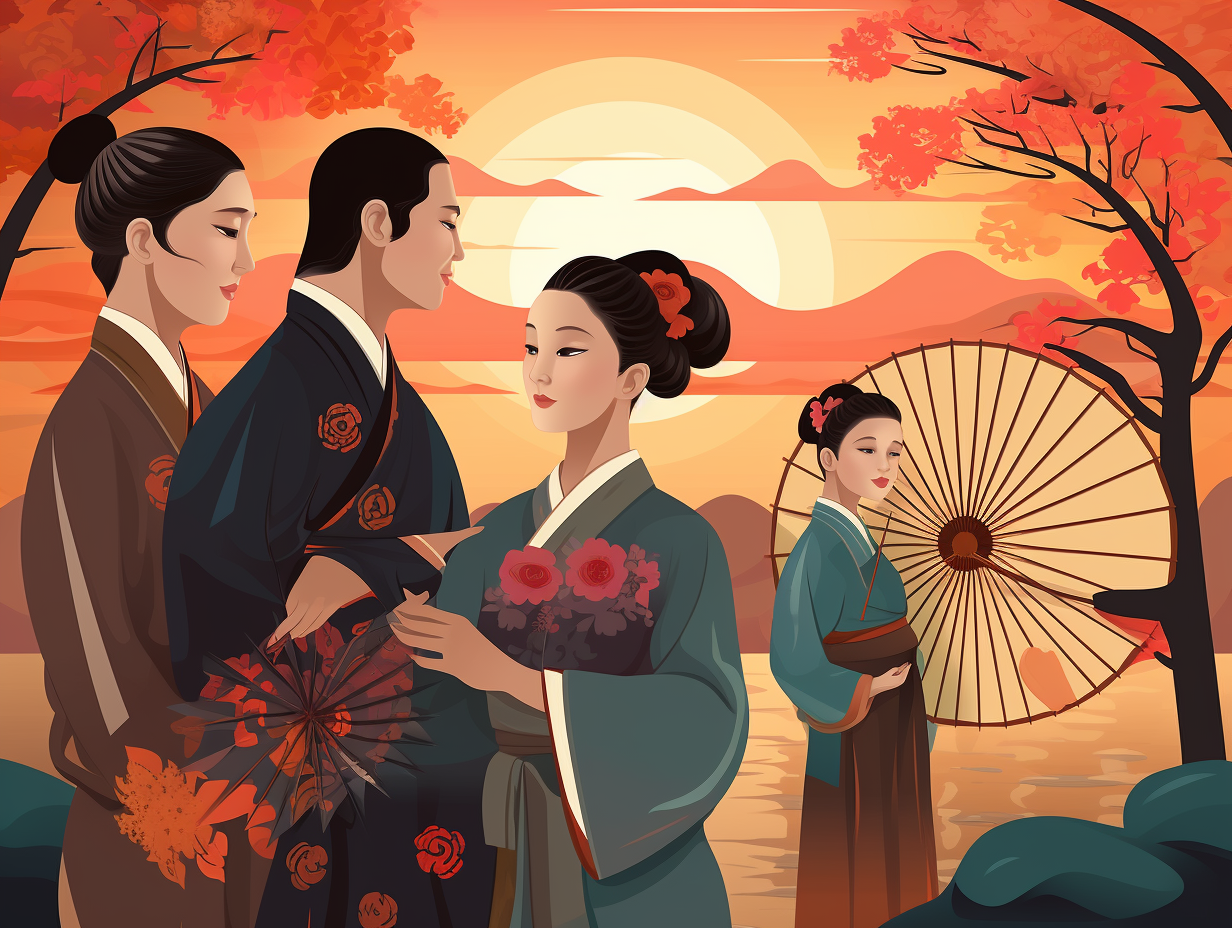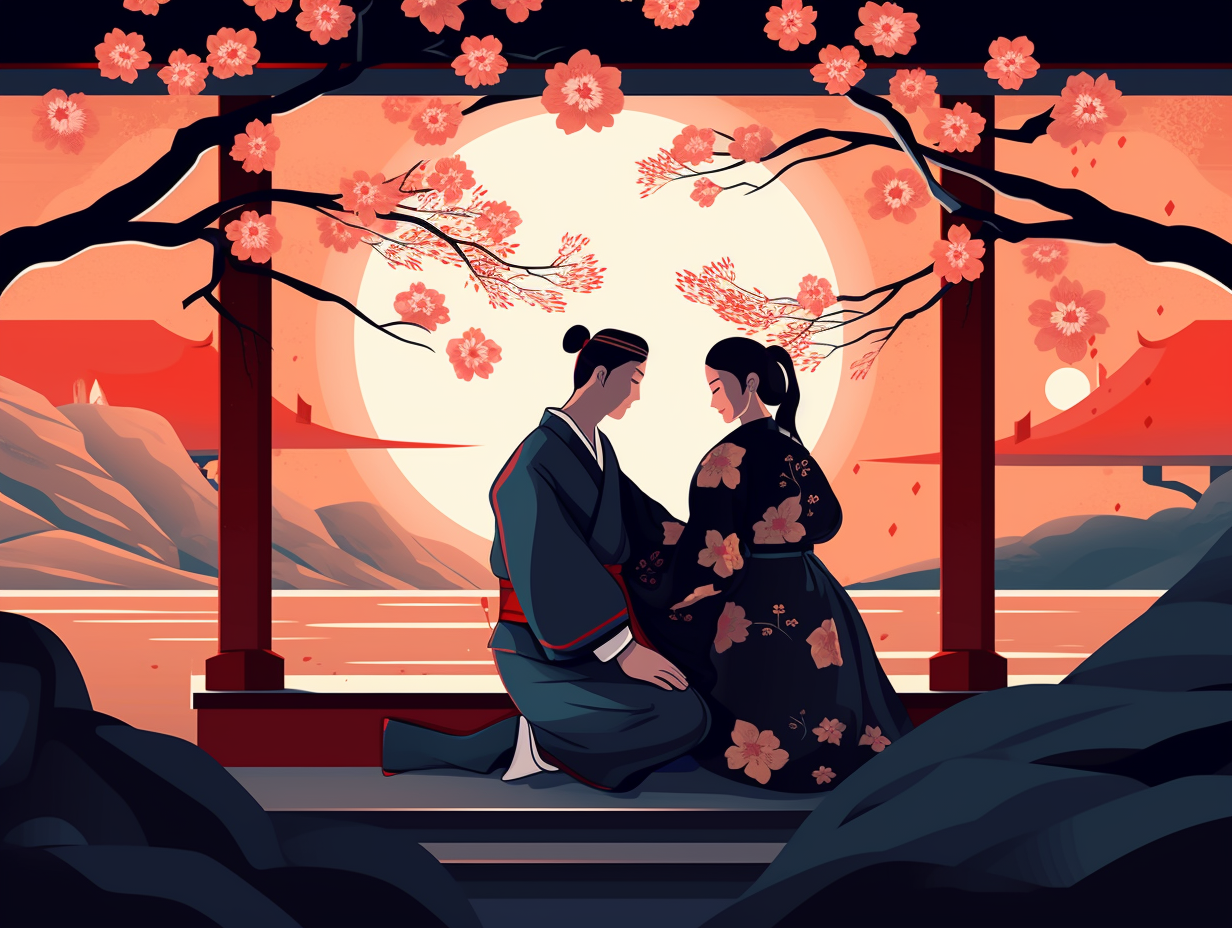Discover the Top 11 Fun Facts About the Chinese Language That Will Surprise and Amaze You!
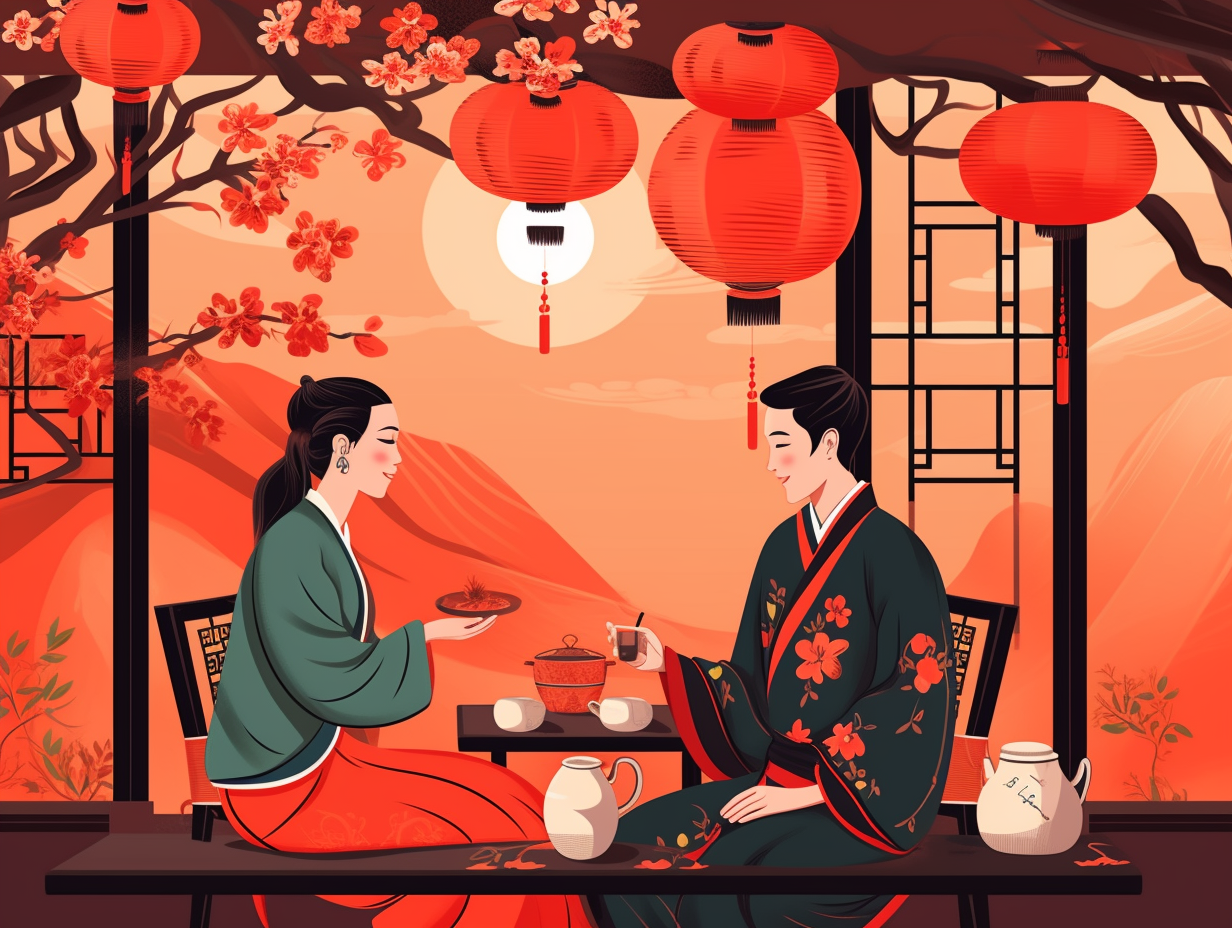
1. Great Wall of Characters
Who needs the Great Wall of China when you've got the Great Wall of Characters? Unlock your inner Confucius by mastering the keys to the linguistic fortress: While over 50,000 Chinese characters might seem overwhelming, fear not! A typically educated Chinese person knows around 6,000, but with just 3,000 characters, you can read 95% of conventional Chinese literature, and with 1,000 characters, 80% of media becomes accessible. Happy character climbing!
Source => goeastmandarin.com
2. Radical Charades
Cracking the code of Chinese characters can sometimes feel like a radical game of charades: While Chinese radicals help in categorizing and understanding characters, they don't always accurately reveal their meaning or pronunciation.
Source => berlitz.com
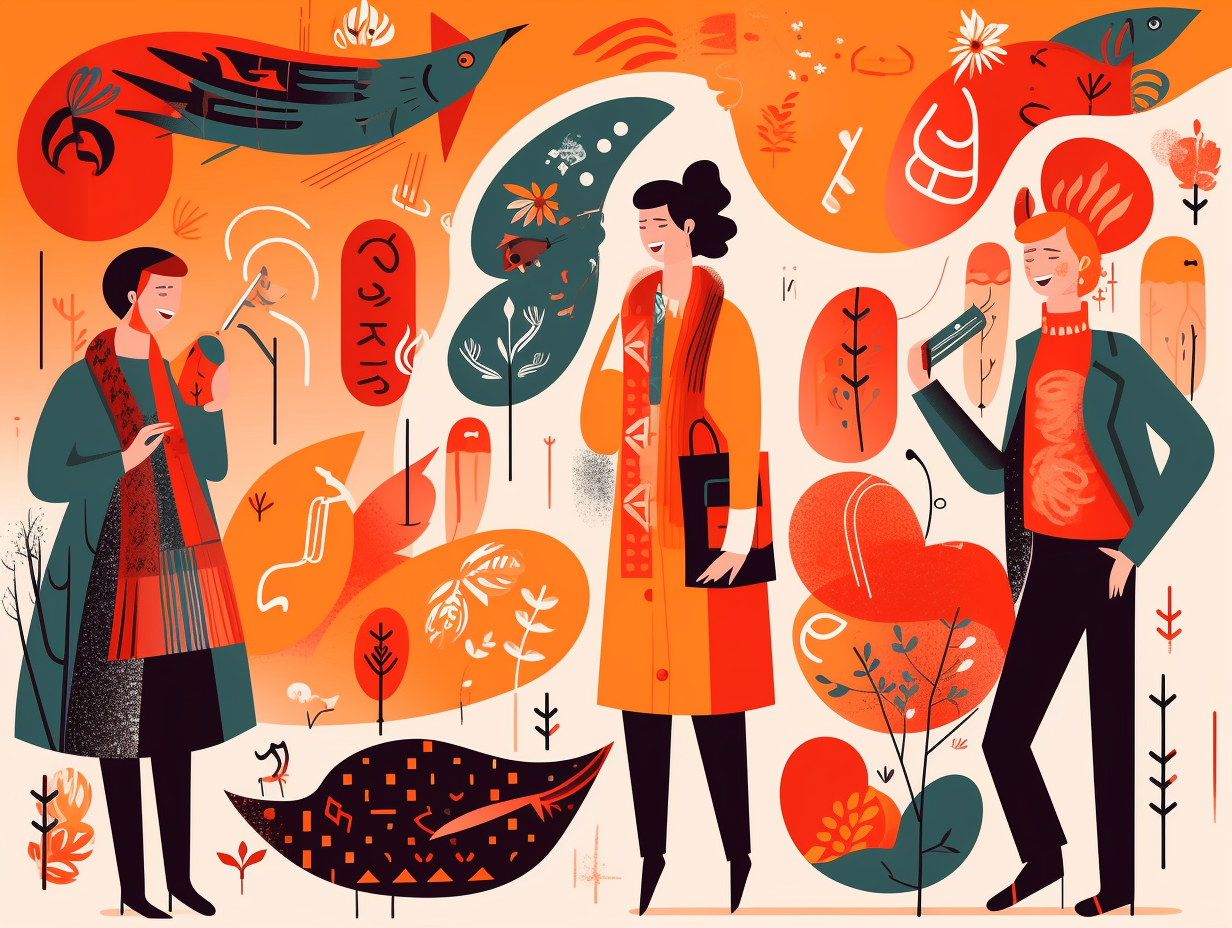
Discover the secret language of Boontling, spoken by less than 100 people in California and hiding in its unique vocabulary a blend of English, Scottish Gaelic, Irish, Pomoan, and Spanish! Unravel the linguistic mystery that once had its moment on The Tonight Show!
=> Fun Facts about Languages
3. Singing Chinese Tones
Did you hear about the Chinese language's singing career? It's got perfect pitch and can easily hit all the high notes: Mandarin, for instance, has four distinct tones, while Cantonese boasts more tones. This tonality makes it sound melodious and turns casual conversations into harmonious duets. However, for non-native speakers, differentiating between these purely tonal nuances can be a tricky tune to master.
Source => asiasociety.org
4. Deciphering Newspapers
Ever feel like deciphering a Chinese newspaper was like cracking the Da Vinci Code? Fret not, grasshopper: a well-educated native Chinese person needs to know only about 2000-3000 characters to read one, while passing an HSK exam and achieving fluency requires learning roughly 2500 to 5000 words, consisting of around 1500 to 2500 Chinese characters.
Source => writtenchinese.com
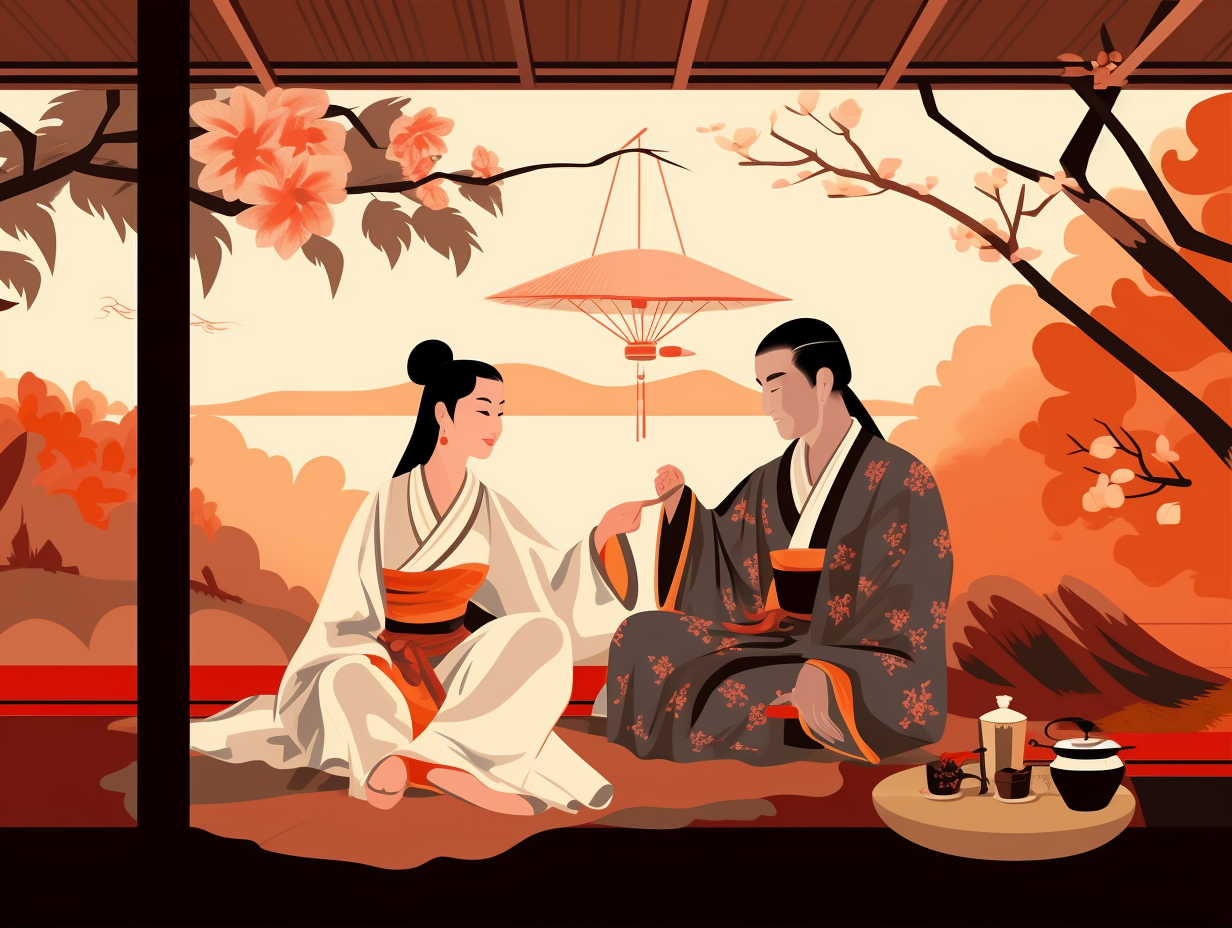
5. Chinese Love Triangle
You know what they say: the language of love is universal! Well, when it comes to Chinese, that's only partially true, and here's why: The character for love (爱, ài) is actually used to represent not just romantic love but also platonic love, and it's in cahoots with other characters like 缘 (yuán) and 恋 (liàn), creating a love triangle without the ever-prominent heart radical (心, xīn). You'll just have to settle for the heart lurking in the character 情 (qíng) in Chinese art and literature, playfully hiding its emotions like a shy lover on a first date.
Source => pandanese.com
6. Biáng-biáng Noodle Character
Feeling a bit biáng-biáng? That's a Chinese noodle dish, but it's also the astounding 57-stroke character that's got the linguistic world all tangled up! Yes, you heard it right: The Chinese character for "biáng" is notorious for its whopping 57 strokes, including characters for speak, horse, grow, moon, heart, knife, eight, roof, and walk – making it not just a noodle soup, but also an amusingly intricate embodiment of the multilayered Chinese language and culture.
Source => mentalfloss.com
7. Dragon Character Majesty
Ever pondered the complexity of a Chinese character à la "Game of Thrones" dragon style? Well, feast your eyes on the mind-boggling majesty of 龘: A super-dragon of a character composed of not one, but three dragon characters 龍, boasting a jaw-dropping 48 strokes - making it one of the most intricate characters to ever grace the Chinese language.
Source => en.wiktionary.org
8. Oracle Bone Script
Before autotune, there was bone-a-tune: the oracle bone script, the granddaddy of Chinese writing dating back to the late Shang dynasty. This ancient script, found on over 150,000 pieces of oracle bone inscriptions, is not only essential for Chinese etymology but also the direct ancestor of numerous East Asian writing systems still in use today.
Source => en.wikipedia.org
9. Mythical Qilin Creature
If a unicorn and a mythical potpourri creature had a baby, it might look like a vegan stomping on water...or a Chinese Qilin: A fascinating creature from Chinese mythology, the Qilin boasts a unique combination of a single horn or dragon head, a tiger or deer body, and an ox tail. Symbolizing good luck and often featured in traditional East Asian art, this gentle creature is so delicate, it doesn't even bend the grass it walks on, and can even glide across water surfaces.
Source => thoughtco.com

10. Whistling Hmong Language
Next time you're lost in the mountains and need a little conversation, just whistle while you Hmong: This Southeast Asian ethnic group actually speaks a unique language that can be communicated through musical notes and whistling, developed over 2,000 years ago to chat across great distances while farming or herding animals.
Source => guardian.ng
11. Punctuation Minimalism
Who needs spaces when you've got style? The ancient Chinese took punctuation minimalism to a whole new level, turning page-long sentences into works of art – but they had their own secret weapons to give readers a breather: Behold the mighty "。" and "、"! But wait, there's more: Modern Chinese punctuation owes its existence to a blend of ancient annotations known as judou and some 20th century Western influence, now regulated by national standards that dictate specific shapes and rules for each mark.
Source => en.wikipedia.org

